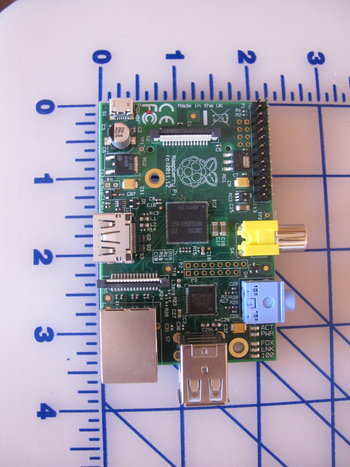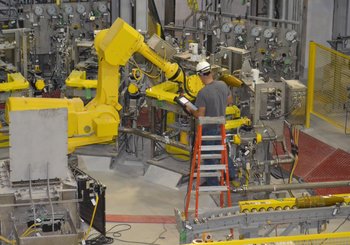
Plain Text
A text file that contains the symbols of a natural language such as English or Russian. Restricted to the characters in its character set. For example, ASCII has 128 characters for English and UTF-8 supports most major languages and a wide variety of special symbols with 1,112,064 characters.Binary File
A file that includes any sequence of binary data as opposed to being restricted to the characters in a character set.Delimited File
Delimited files represent table structures with special characters such as commas that indicate the end of fields. Technically speaking, delimited files aren't flat files as they have a structure. However, they are so simple that it is common to consider them a flat file.Flat File Database
A type of database based on a flat file. These typically have a minimal structure and are often based on delimited files that represent tables. However, they are typically extremely limited as opposed to a database that structures its data. For example, a flat file database may not support relationships between tables.| Overview: Flat File | ||
Type | ||
Definition (1) | A file with no structure. | |
Related Concepts | Delimited Text FileComputingFilesCharacter SetsBinary Data | |





























